Before Omaha was founded in 1854, white people had been passing through present-day Omaha in Indian Territory for more than a century. The Spanish conquistadors that came to present-day Nebraska in the 1500s didn’t reach the area, but the French trappers who came after them for the next 250 years almost certainly did. In 1825, a fur trader named T. B. Royce opened a post near present-day 10th and Dodge Streets, but closed it just three years later. When the first wagon trains started rolling across the Oregon trail in 1831, the Omaha area was a regular pass-through on the way west.
People Die
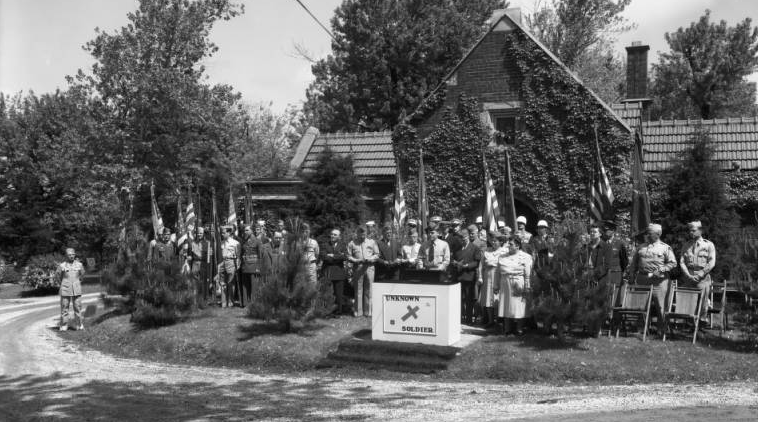
As the settlers, pioneers, gold seekers and others came across the Missouri River, they immediately saw a tall hill to the west. This single tall hill was a landmark for people, as it drew attention for its heights. From those early years, European travelers found Native American grave sites on that hill, and started burying their dead there too. Old folks, sick people, the wounded and others often died heading west, and this hill was a notable place for their graves.
When Omaha City was formally founded in 1854, the tradition of burying dead people on that hill was already at least 20 years old.
Cemeteries We Don’t Talk About
A few early burials were made where present-day S. 14th and Marcy Streets. Early burials also happened in present-day Hanscom Park, near the intersection of Park and Woolworth Avenues. Nobody took care of this site and it soon grew over and was generally neglected, then forgotten about.
There was also a cemetery near South 20th and Poppleton Streets in Shull’s Addition on top of a “fine wooded hill.” The first burial there happened in 1856, when an older married woman was put in the ground. This cemetery was apparently only used for a few years, and then closed down. In the early 1910s, an expensive iron casket with heavy plate glass was excavated from Shull’s cemetery while a building was being constructed. There was also another coffin with a soldiers uniform that had buckshot in the pocket and a pistol in its hand.
In 1860, pioneer real estate tycoon Byron Reed decided he needed to designate land for a proper cemetery.
Somehow, he’d come to own a perfect chunk right on the side of a tall hill just to the north and west of Capitol Hill. Conveniently, it already had several graves marked there. THIS was the hillside the pioneers saw when they came through the area before Omaha was built.
What few people actually talk about, though, is that there were actually already two other cemeteries and dozens of burials incorporated into the new site.
The Missing Cemeteries
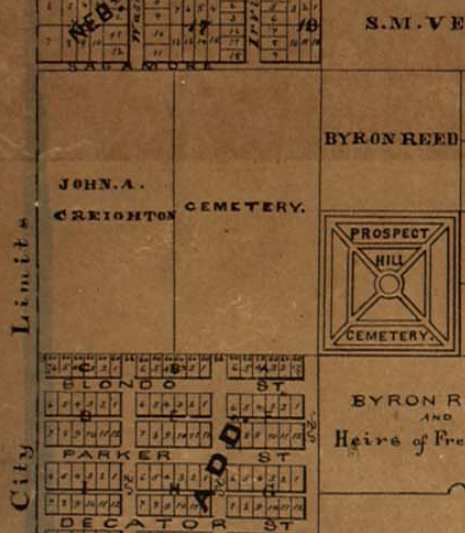
Before Reed bought the land, Omaha settler Rev. Moses Shinn had already designated a cemetery from land he had claimed. He set aside 10 acres in the northwest corner of his property. Shinn then formed the Cedar Hill Cemetery Company in 1858 and filed for recognition with the City of Omaha and the Nebraska Territory Legislature, which was granted in October 1858. Burials continued happening there for the next two years. The first burial there was J. L. Winship, whose death is argued over in history books about whether he was the first legal burial in Omaha.
However, before Shinn got his license, fellow pioneer Jesse Lowe had dedicated 10 acres of his land next to Shinn’s as a cemetery, which he called the Omaha City Cemetery. Several burials happened there before Prospect Hill Cemetery was created.
Then, Lowe and Shinn sold the cemetery land as part of a larger parcel to Reed.
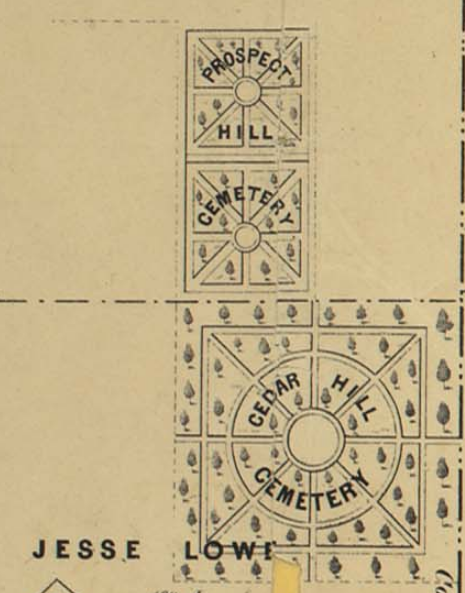
Using the section lines clearly shown on early Omaha maps, I have discerned that Shinn’s Omaha City Cemetery was located from present-day N. 32nd Avenue on the east to N. 33rd Street on the west; from Patrick Avenue on the north to Charles Street on the south.
Lowe’s Cedar Hill Cemetery was four-times the size of Prospect Hill Cemetery. Its boundaries would have been Decatur Street on the north to Hamilton Street on the south; N. 33th on the west to N. 30th on the east.

Neither of these cemeteries were unused, per se. Neither was particularly well cared for though, and because they were both close to the city and quickly subsumed by urban growth, they became more desirable for housing than they were for burials.
Being the real estate magnate that he was, Byron Reed saw this and took action.
Reed Gets His Wish
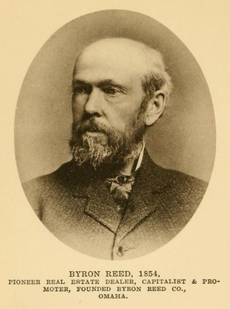
Prospect Hill Cemetery was named by Reed after he combined Shinn’s cemetery with Lowe’s cemetery. In the history books, he was given a lot of respect for throwing up a fence around the land to keep grazing cows out. Then, as city lore goes, he operated the cemetery on his own for the next 20 years.
In 1878, additional land was designated for a cemetery to the west of Prospect Hill Cemetery. In present-day terms, it extended from North 33rd to North 36th, from Ohio to Parker Streets.
When the Prospect Hill Cemetery Association was founded in 1890, they bought more land from Reed’s estate to expand the cemetery, extending the cemetery from N. 30th to N. 34th Streets, from Lake to Parker Street.
The Mysteries
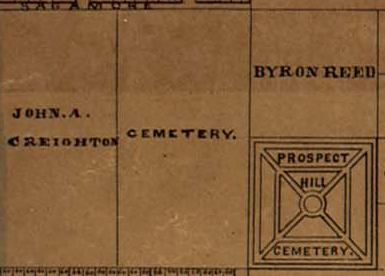
In Omaha’s history books, Reed’s Prospect Hill Cemetery is always given credit for being issued Burial Permit #1 by the City of Omaha. Alonzo Salisbury, a wagon train driver, mill owner, and Nebraska Territory legislator was the unfortunate soul who died in October 1858. A funeral director named A. F. Vischer, certified that Salisbury paid $25 for the coffin and the service. His widow, Lydia, certified that she paid $8 to the gravedigger, John Ryan, for his services.
However, that alone is proof that Prospect Hill Cemetery wasn’t Omaha’s first cemetery. Salisbury was buried in Shinn’s Omaha City Cemetery. The remains of the soldiers who died at Omaha during the Civil War from 1861 to 1865 were buried at the Omaha City Cemetery. When the Sherman Barracks were established in Omaha in 1868, Reed made a deal with the commander to bury their dead at the old Omaha City Cemetery.
Jesse Lowe, who was also one of Omaha’s first mayors, was originally buried in Cedar Hill Cemetery when he died in 1868. Why did his death certificate specifically say Cedar Hill if that cemetery was gone by 1860? As a sidenote, Lowe was actually reburied in 1891 at Forest Lawn Memorial Park, and has a marker at Prospect Hill Cemetery, too.
Records and histories show other people were buried there too. Cedar Hill never had too many official burials, but history shows there were several people were buried there. The other, more obvious mysteries in all this are three-fold:
- Why was so much land taken away from Prospect Hill? If it truly extended the distance the records show, today the cemetery is less than half of its original size. Why was all that land taken away?
- What happened to Prospect Hill’s burials? Today, the awesome Prospect Hill Cemetery Foundation says there are 15,000 burials at Prospect Hill. Look at that tightly compacted space though, and at Marta Dawes’ awesome records she’s compiling on her awesome website. There aren’t 15,000 graves within the present-day boundaries. So where did all those graves go?
- What happened to the other burials at Cedar Hill Cemetery and Omaha City Cemetery? A couple of early Omaha histories mention particular Omaha pioneers being moved into Prospect Hill Cemetery after its founding, and a few soldiers were moved. However, there were at least dozens of burials between those two cemeteries. What happened to those graves?
I would suggest that underneath the homes, businesses and streets south, west and east of Prospect Hill Cemetery today, there are dozens and dozens of unmarked, unacknowledged graves. In 1905, the media in Iowa became incensed when they realized that their first governor, Ansel Briggs, was in an unmarked grave in Omaha. This may have been in one of the old cemeteries. A special commission had his grave moved to Andrew, Iowa, in 1908. What happened to the rest of these folks? More importantly, why did all the cemeteries I mention in this article go missing from Omaha history? Remember, there wasn’t one or two; there were SIX:
- Cemetery at South 14th and Marcy Streets
- Hanscom Park Cemetery near the intersection of Park and Woolworth Avenues
- Shull’s Addition Cemetery at South 20th and Poppleton Streets
- Omaha City Cemetery at North 30th and Charles
- Cedar Hill Cemetery at North 26th and Burt Streets
- St. Mary’s Cemetery at South 24th and Howard Streets
And Prospect Hill Cemetery was more than twice the size it is currently. Oh, and luckily they found the Potter’s Field near State Street and Mormon Bridge Road. These are some of Omaha’s cemetery mysteries.
Stopping the Cemetery from Growing
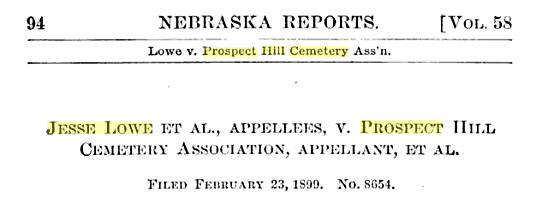
When Jesse Lowe died in 1868, he left land holdings to his heirs in an estate. In 1894, Lowe’s heirs took the Prospect Hill Cemetery Association to court, charging the association with potentially poisoning land downhill from their planned expansion south of Prospect Hill. Apparently, the association planned to start actively using the site of the former Omaha City Cemetery and/or the Cedar Hill Cemetery, probably to compete with the Forest Lawn Cemetery which opened a few years earlier and effectively cut off burials at Prospect Hill. In the case of Jesse Lowe vs. Prospect Hill Cemetery Association at the Nebraska Supreme Court in 1899, the association lost their right to expand further. That effectively stopped Prospect Hill from growing and ensured the ensuing residential development of those blocks. Today, there is no indication that Omaha City Cemetery and Cedar Hill Cemetery ever existed. They are… North Omaha’s Missing Cemeteries!
You Might Like…
- A History of North Omaha’s Prospect Hill Cemetery
- A History of Digging Up the Dead in North Omaha
- A History of the Execution of Cyrus Tator in North Omaha
- A History of North Omaha’s Hummel Park
- A History of the Woman in White in North Omaha
Elsewhere Online
- Official Prospect Hill Cemetery website
- City of Omaha Landmark Heritage Preservation Commission Prospect Hill Cemetery webpage
- Prospect Hill Cemetery Wikipedia article
- Marta Dawes Cemeteries of Omaha Prospect Hill Cemetery webpages
Bonus Content!
Following is Alfred Sorenson’s history of Omaha, called The Story of Omaha from the Pioneer Days to the Present Time, which was published in 1923. Its a well-regarded source document for some of the information presented in this article.
https://archive.org/stream/storyofomahafrom00sore?ui=embed#mode/1up

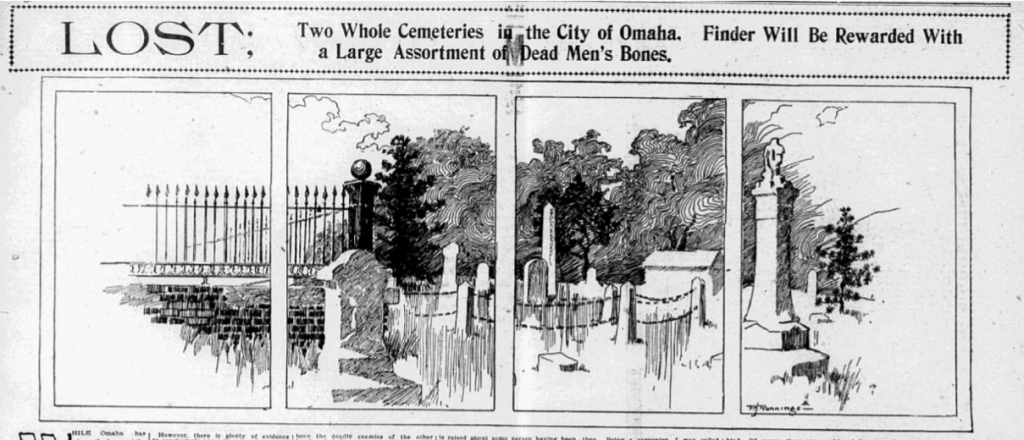
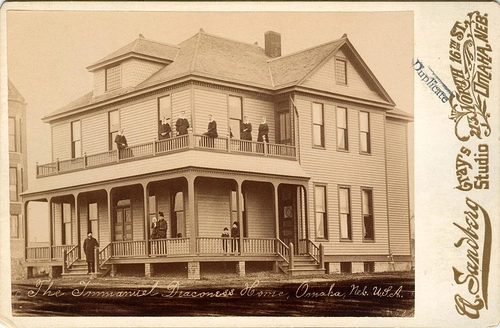

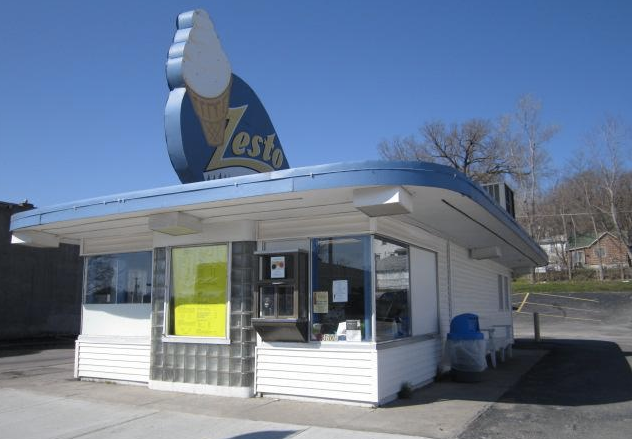
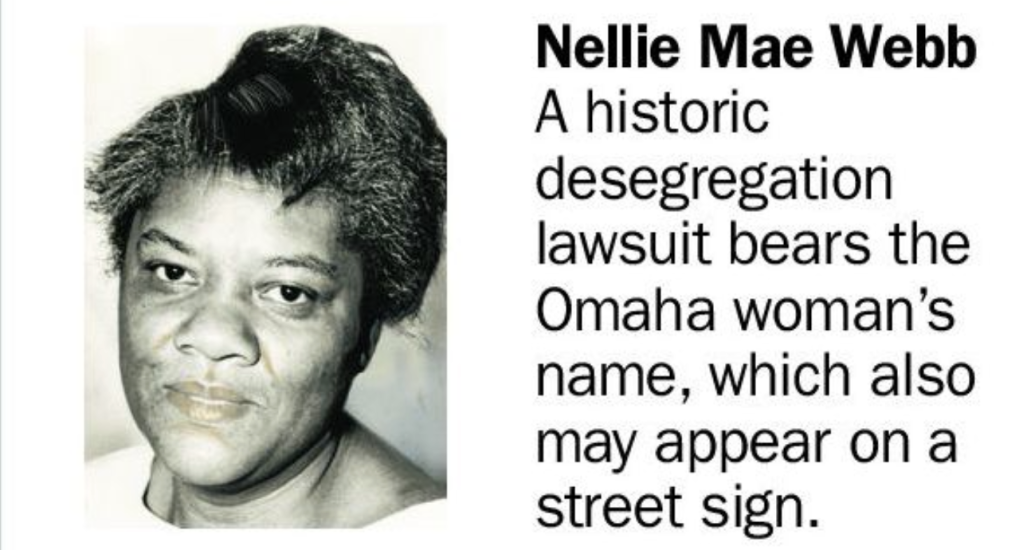
Leave a comment